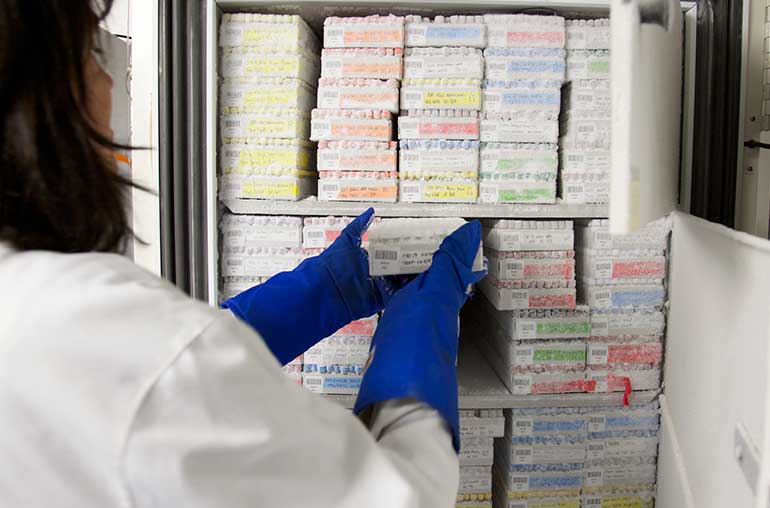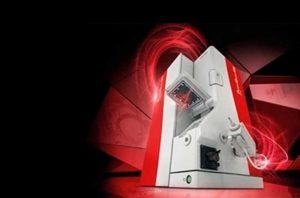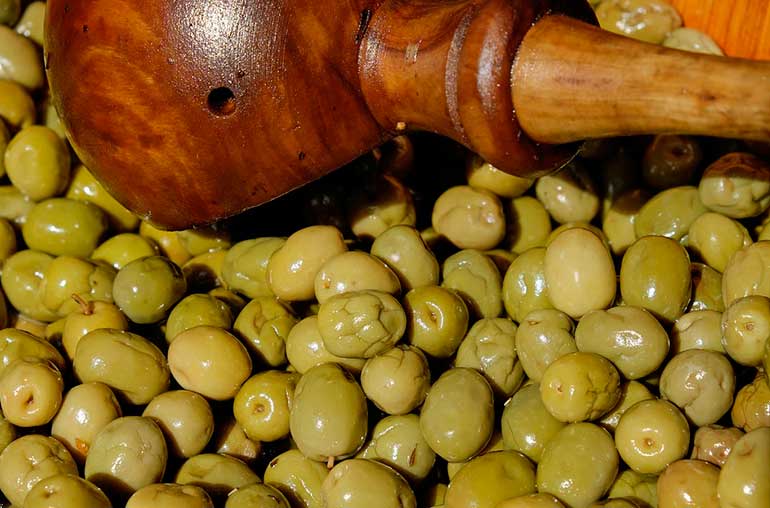Inductively Coupled Plasma – Mass Spectrometry (ICP-MS) is a well established technique in trace analysis offering fast, multi-element analysis, unsurpassed detection limits and excellent linear dynamic range. A key limitation though, articularly in comparison to elemental techniques like Atomic Absorption (AAS) and ICP-Optical
Emission Spectroscopy (ICP-OES) is the level of total dissolved solids that an ICP-MS Aerosol Dilution: Advantages of the Integrated Aerosol Dilution in the Analytik Jena PlasmaQuant® MS Series
TECHNICAL NOTE
PlasmaQuant® MS Series can tolerate.
- Reduce sample preparation
- Reduce laboratory costs
- Increase sample turnaround time
- Increase instrument performance
AEROSOL DILUTION SETUP
The hardware setup for aerosol dilution is straightforward as shown in Figure 2. The sheath gas port is offered as tandard on the Analytik Jena PlasmaQuant® MS ICP-MS.
The Analytik Jena ASpect MS software features a new auto-optimization routine allowing fast and easy setup of methods using aerosol dilution.
Options include:
- Low aerosol dilution – for samples containing up to 1-2 % TDS.
- High aerosol dilution – for samples containing up to 2-4 % TDS.
Low dilution defines method parameters that will provide approximately a 5-fold aerosol dilution factor – ideal for samples containing up to 1-2 % w/v TDS, depending on the nature of the matrix.
High dilution defines method parameters that will provide approximately a 10-fold aerosol – ideal for samples containing up to 2-4 % w/v TDS, depending on the nature of the matrix. The more volatile NaCl form in samples such as seawater, often define the upper limit.






